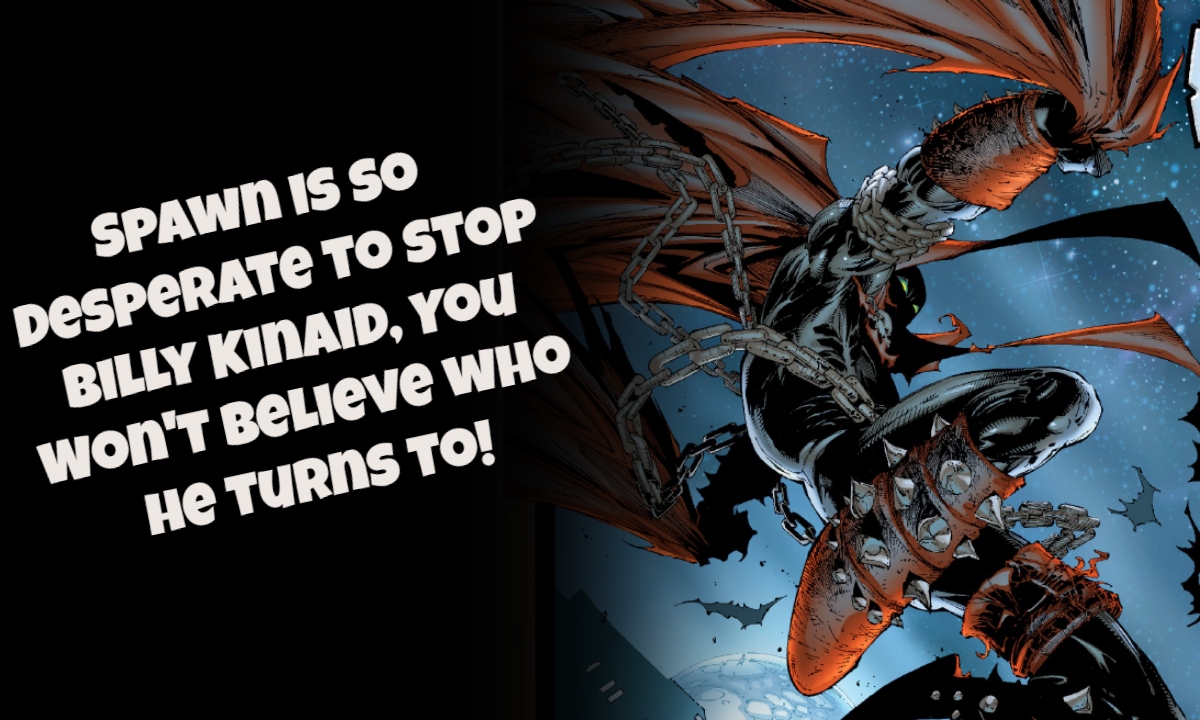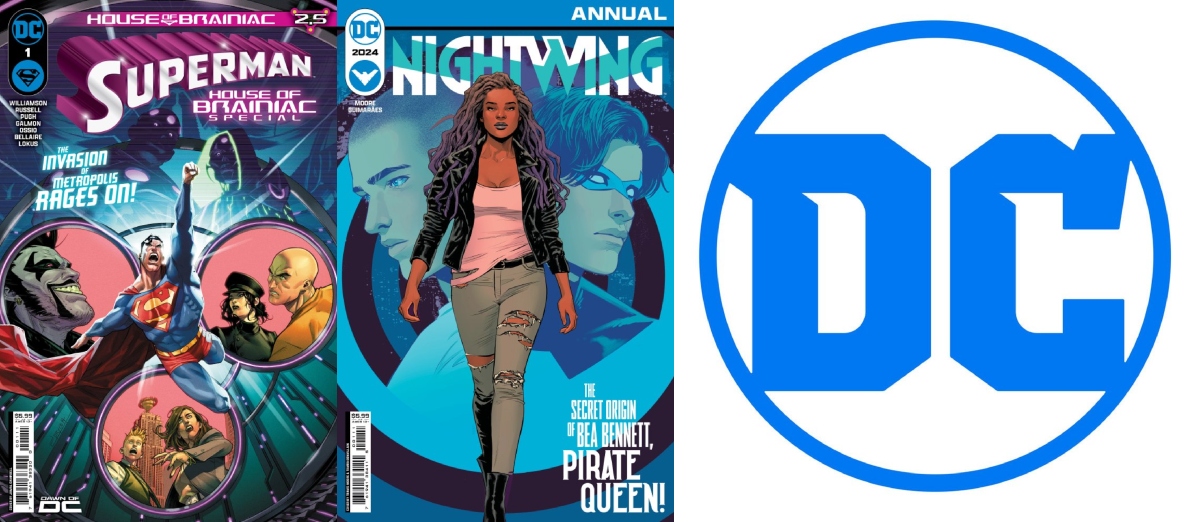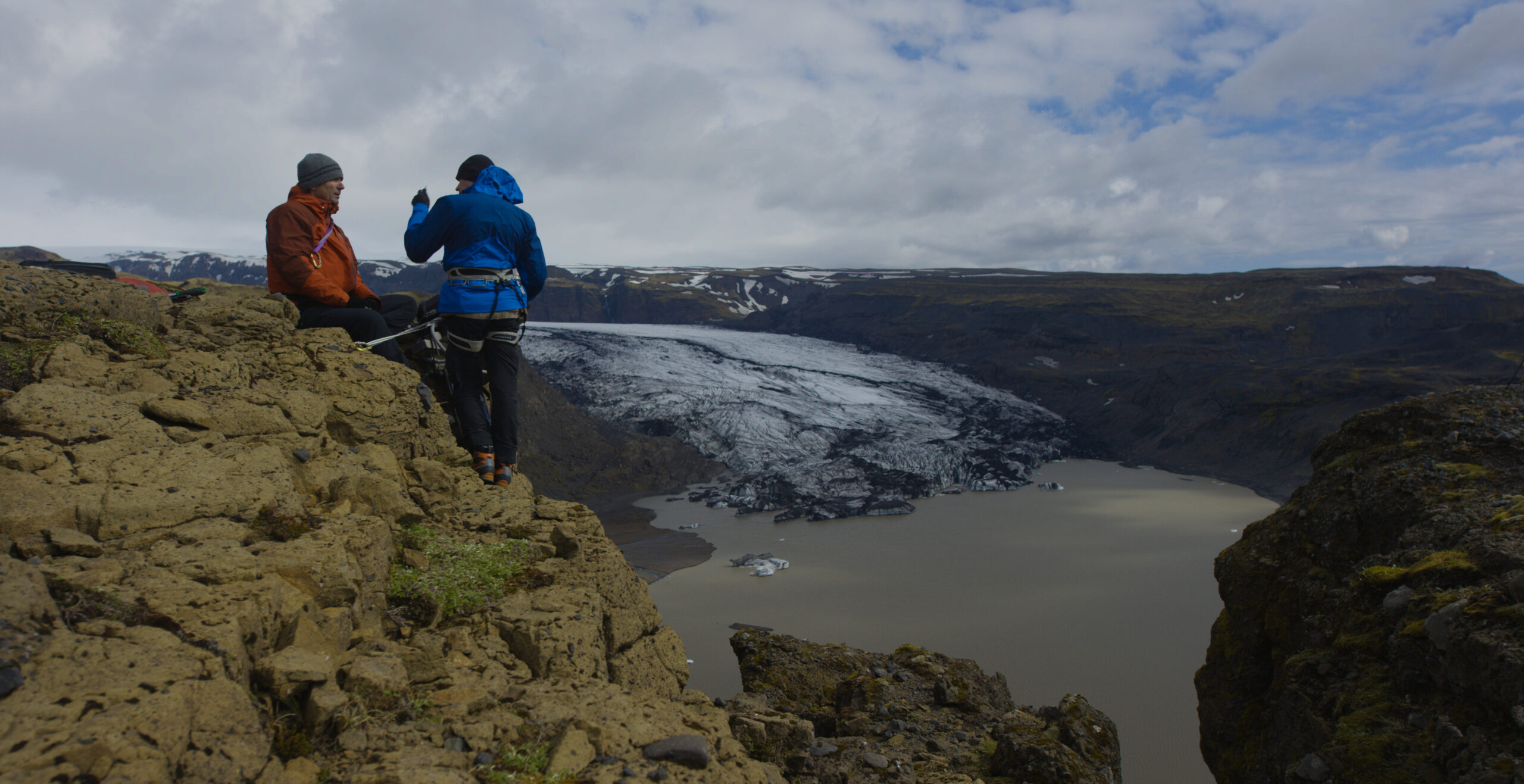It’s no secret to say that the technology involved in creating CG-animated films is ever-changing. Shots that could take months to render can now be done instantly, and with that comes changes to the tools used to actually create the world we see on screen, including the costumes that the characters wear.
While visiting Pixar, I had a chance to sit down with Incredibles 2 art director and Brynn Imagire and character artist Deanna Marsigliese, and to start off my conversation, I asked about the work that goes into actually staying on top of all these changes.
LRM: With the work you guys are doing, how do you approach it? Do you approach it as an illustrator with sketches and sketchbooks or are you starting with photo ref, what is kind of the startup process?
Brynn Imagire (Art Director): Well, I think we … It depends on the project but we still use traditional illustration skills. I make a lot of practical models … You know, sculptural pieces, because we’re in three dimension. We’re a three-dimensional medium. I use sculpture also. We make a lot of practical models. Deana did those sculptures of the BG characters. But we do paint and draw and Photoshop, all traditional skills. And when we look at portfolios, at least in the art department, we still look at traditional portfolios.
For animation, it’s different. They look at reels so you know scenes that animators have done or shorts or full-length projects that they’ve worked on but for us, in the art department, we look at traditional portfolios still.
LRM: Do you find that people with the more foundational … like your 2D artists coming into a 3D environment, do they struggle or … Because they have to adapt to all the software as well, right?
Imagire: Yes … So for my age, probably similar to your age (middle-age), we … you know how I didn’t even learn anything on the computer until I was in college. I just learned how to paint and draw. And back then, when we would hire 20 years ago, people were still traditional like us. We were starting to be trained in Photoshop and using computers. But now I feel like students coming out of art school are so savvy that they all know how to use Photoshop. They all know how to use Maya. And I think schools are becoming much more adept at making the programs sort of be what is in the real world in filmmaking, and in games, I’m sure it’s the same, where they all know how to use all of the software.
On the technical side in … I think the tools are less, it feels like it’s less coding now and a lot more sort of practical hands-on tools.
Deanna Marsigliese (Character Artist): Yeah, it’s opened up a spectrum a lot. I think like maybe 20 years ago, almost every bit of 3-D that was made was all like command line typing. And there’s still a fair number of people that just do that but there’s also a broader spectrum of people with an artistic background who can collaborate and contribute to the technical toolset and to those final pixels. So there’s a broader spectrum of technical versus artistic talent that you can operate within and be a technical director at Pixar now.
LRM: I see. And how do you guys stay on top of … Like when new software comes in, and I heard you guys earlier at one of the meetings where it was you had locked the software at the beginning of a project and you don’t change while the project’s going, but then you come out of a six-year project and everything’s changed. How do you guys stay on top? How do your artists stay on top?
Imagire: I know for us, it’s like once you know the software, you can kinda dig around and you sorta know where things are. And unless you’re using it a lot, like every day, you can never fully master it so it just takes that time investment to be able to actually dig around and figure it out, “Okay, that’s where that tool is and this is where this tool is.” For me, it’s not so hard to use a new tool. I think once you know the basics, you could kind of be flexible and use anything, I think. I think anyone can be trained to be, to use computers.
I was. I had no experience at all from art school at that time. We had no computers at our school and so … I think we … It’s kinda interesting how our field has evolved. Because I used to do illustration, editorial illustration for a long time and now, that’s kind of dried up. You can’t do that for a living, I feel like, now.
LRM: I discovered that.
Imagire: Yeah, it’s interesting right? Things change so fast now.
Marsigliese: From a technical perspective, we have a group here called Pixar University that offers classes on new software and so even if you’re cast on a show, you can still take those courses and train up on the new software that’s coming out. And we are all constantly in communication with each other about, “How are you doing this?” “This is broken, can you help me out with this?” We have a messaging application and we’re asking each other questions all the time.
One of the things that I love about working here is we feel open about learning skills and sharing it with other people so it feels like here, everyone really does believe that a high tide floats all ships. So people are happy to share with each other, “Hey, I’m using this tool to try this thing. Do you wanna try it?” It’s so collaborative that I feel like no one ever really gets left behind. If you wanna find out how to use the new thing, there’s someone to teach you, give you a course or let you try it.
LRM: Wow, that’s a drastic change from what I’m used to in the video game industry. Usually, what happens is people get to the end of a project and if their skills aren’t current, they often don’t go to the next project.
Imagire: Oh, really?
LRM: It’s really bad. Attrition is a big problem. I got out of it because 200, 300, 400-man teams were becoming the normal, triple-A projects. And I found it hard to work at such scale. How big is your team and how comfortable are you working at the size that you do work?
Imagire: I think on average, our department’s probably from 15 to 20 people. We’re pretty small. I know the full team, including everyone, probably at its most on our show I think it’s probably close to 300, don’t you think?
Marsigliese: Yeah.
LRM: Wow, okay.
Imagire: Which is large because we had a shorter production time on this show. Usually, we go four years, five years, but this one was about three so I feel like we were bigger just because of the sheer necessity of getting it done in time. But it’s usually 200 hundred is an average size I think for a film.
LRM: Wow. And do you guys do everything internal or do you outsource?
Imagire: Internal.
LRM: Do you, and or your artist, prefer the main characters or the background characters? What do you guys prefer? Is one harder than the other? Is one more interesting than the other?
Imagire: From a design standpoint, I feel like everything in the movie is integral. You can never think about just one part or the other, it’s kind of … Like as an art director, we have to think about everything, sets, characters, props, costumes, and so I like planning the background project. Like this one, Deanna started it and I helped sort of bring it home. We really did focus value contrast, pattern, saturation, on to the main character so E is in bright red, Bob’s in black, Helen is in red, pink, black.
And patterns, we kind of focused on the main characters and the most contrasty. And then all of the background characters I desaturated the palette so they would sort of be quiet in the back. It’s kind of like a nice backdrop for the main character so your eye would always, no matter what kind of lighting setup they’re in, your eye will always go to the main character’s first.
I like working on anything, from main characters to background, I like all of it. But it was really fun to work on E and Evelyn just because Brad really cared about those characters so he was really passionate about them looking really great.
LRM: Last question, quick one, just on color. I’m color blind, 10 percent of men are, apparently.
Imagire: Oh you are?
LRM: Red green shift. Yeah, I always get the green banana. I’m stuck eating a green banana. But when you guys look at design, when you looked at the palette for your film, when you plan all this out, do you take color blindness into consideration? Because that is affecting a lot of people. When I watch films like this, sometimes everything flattens out for me.
Imagire: Oh, that’s so interesting.
LRM: Yeah, I’m just curious.
Imagire: Yeah, I don’t. I don’t think about that but I actually don’t … I don’t know about the color blindness. Is it based on, do you see things in value?
LRM: I see value really well and composition really well, that was what I focused on. But with color blindness, it tends to soften the edges around hues. So I look at red and say, “That’s red.” But you put five shades of red together, I can’t necessarily pick out which is which. I get confused. And that’s common for most people with color blindness, although there are three different types. But it affects everybody differently, there’s greater or lesser. But I think fundamentally, it’s just a blurring and a flattening. That’s why “The Incredibles” is easier for me because the characters are key in red and yellow and my eye goes to red, everybody does, but I still end up blurring a little bit. And I’ve just wondered if that was in your field-
Imagire: No, and I should think about that when I … Because it’s not something that I have known about or even considered so I should study that and learn and make things easy for you to see.
LRM: It would help (laughs), it would help me.
Marsigliese: I know there are some people in the lighting department that in the middle of their process, will intentionally take the color out of their scene and just look at the value and say, “Am I doing, am I highlighting the right thing just with the value of the scene?” And then they’ll put the color back on and use that as an additional layer. So I think there is consciousness of if you strip the color away, are we still doing what we want just with the value?
LRM: Okay, yeah that makes a lot of sense. And then you’re reading shapes and silhouettes and stuff like that too. Okay, that helps me a lot. That was just background questions, appreciate it.
Incredibles 2 hits theaters this weekend!
Don’t forget to share this post on your Facebook wall and with your Twitter followers! Just hit the buttons on the top of this page.

 FOR FANBOYS, BY FANBOYS
Have you checked out LRM Online’s official podcasts and videos on The Genreverse Podcast Network? Available on YouTube and all your favorite podcast apps, This multimedia empire includes The Daily CoG, Breaking Geek Radio: The Podcast, GeekScholars Movie News, Anime-Versal Review Podcast, and our Star Wars dedicated podcast The Cantina. Check it out by listening on all your favorite podcast apps, or watching on YouTube!
Subscribe on: Apple Podcasts | Spotify | SoundCloud | Stitcher | Google Play
FOR FANBOYS, BY FANBOYS
Have you checked out LRM Online’s official podcasts and videos on The Genreverse Podcast Network? Available on YouTube and all your favorite podcast apps, This multimedia empire includes The Daily CoG, Breaking Geek Radio: The Podcast, GeekScholars Movie News, Anime-Versal Review Podcast, and our Star Wars dedicated podcast The Cantina. Check it out by listening on all your favorite podcast apps, or watching on YouTube!
Subscribe on: Apple Podcasts | Spotify | SoundCloud | Stitcher | Google Play






